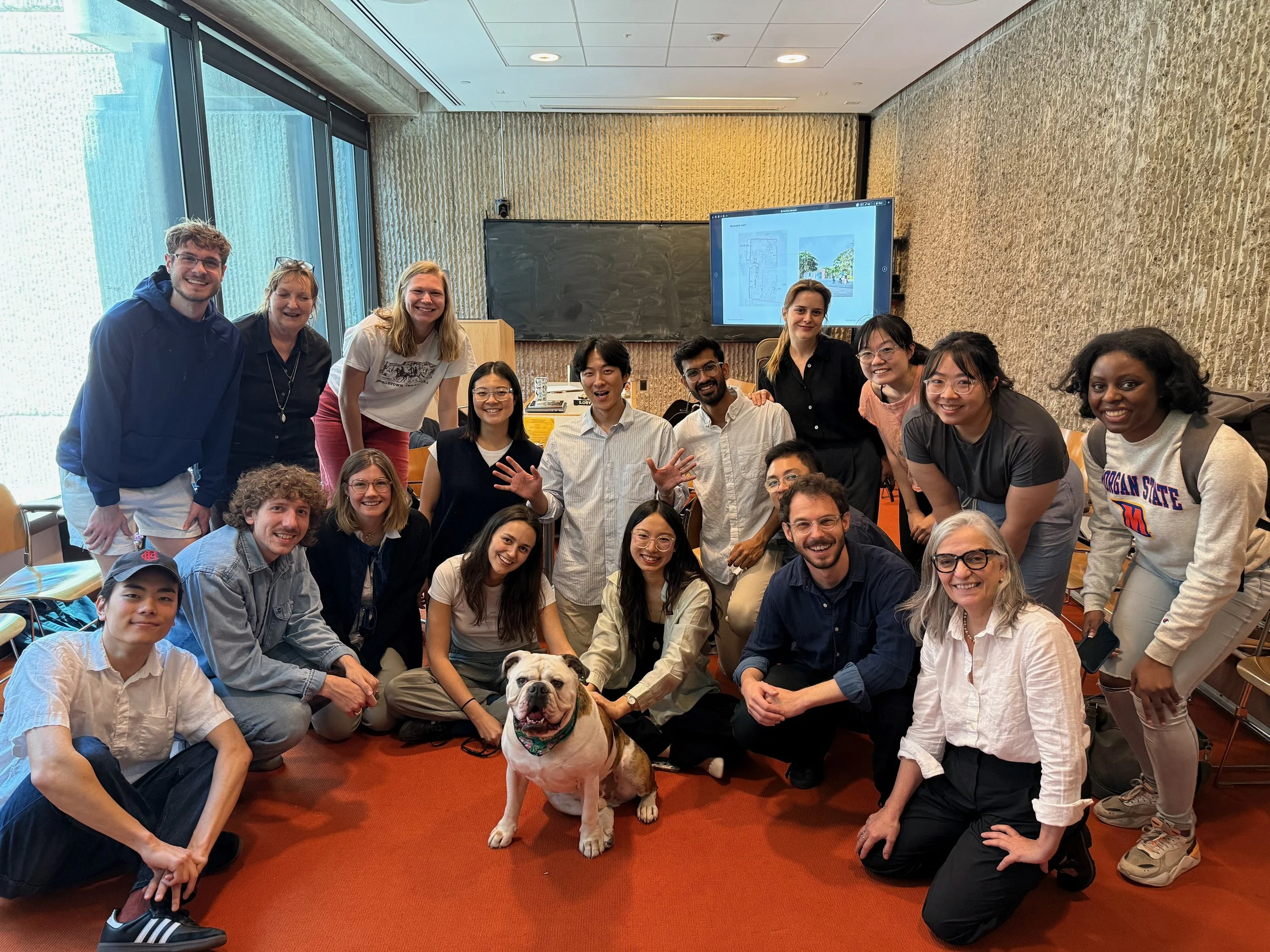Yale School of Architecture, New Haven, CT
Historic Preservation in the 21st Century
This seminar explores the evolution of Historic Preservation from a narrow focus on monumental properties to its broader, more complex, and more inclusive current purview. The course will begin by learning about the history of the field of preservation through the understanding of its theoretical roots, definitions, professional practice, and the basics of material conservation. This introduction will serve as a preamble to the second part of the course which will focus on the expanding role and potential future of Historic Preservation as it aligns its objectives with the principles of sustainability, social inclusion, and decolonization.
Civita di Bagnoregio: The Death and Life of an Italian Hill Town
This four-week summer program in Civita di Bagnoregio, Italy, explores the town’s extensive urban history and the architectural conservation challenges posed by factors like geotechnical instability, erosion, and socio-economic shifts. Students examine Civita’s development from its Etruscan and Roman roots, through its decline after a 1695 earthquake, to its more recent resurgence as a popular tourist destination. The curriculum includes visits to hill towns in Lazio, Tuscany, and Umbria, focusing on documenting architectural conditions through hand drawing and digital methods, analyzing historical changes, and formulating conservation and adaptive reuse strategies. The final project entails developing a proposal for the conservation and adaptive reuse of a site in Civita, incorporating feedback from local authorities and residents. The assignments include individual and group projects.
Robert A. M. Stern Visiting Professor - Spring 2020
Ladeira da Misericórdia – Salvador de Bahia, Brazil
This Advanced Studio explored the relationship between cultural heritage and the richness of contemporary urban life through imagining the restoration and future possibilities for the Ladeira da Misericórdia, a steep street that connects the upper and lower areas of the Historic Center of Salvador da Bahia, Brazil. The site includes Baroque fabric, open areas, and deteriorated works of architect Lina Bo Bardi, who spent many years working in Salvador. The students proposed new architectural interventions that engaged the city’s rich socio-cultural context.
The Ladeira da Misericórdia, a UNESCO World Heritage site, suffered progressive physical and social deterioration throughout the 20th century. Between 1986-90, the Municipality of Salvador commissioned Italian architect Lina Bo Bardi, who had been the first Director of the Museum of Modern Art of Bahia (1958-64), to develop a social housing and commercial development pilot project for the rehabilitation of the ladeira (slope) that included several historic houses in ruins. Lina, in collaboration with Brazilian architect João Filgueiras Lima (Lelé), restored three of the houses for residential use without displacing the existing occupants, designed an outdoor bar within a stabilized ruin and introduced a new concrete structure that spiraled around an existing mango tree which became the Coati Restaurant. Due to lack of political support, Lina and Lelé’s social experiment failed, the site became abandoned, and the pilot project was neither replicated nor supported as originally intended. The current government of Bahia decided to redevelop this area of the city as part of the Participatory Redevelopment Plan for the City of Salvador (2010). The Plan envisions the social and physical rehabilitation of the Ladeira da Misericordia as an important historic and cultural landmark for the city of Salvador. This initiative offers an opportunity to reactivate the historic site in a way that somehow realizes Lina Bo Bardi and Lelé’s unfulfilled vision.
The studio worked with the complex historical layers accumulated at the site to both rehabilitate the existing and propose a new architectural intervention that integrates urban dwelling and programs for cultural expression. The students’ architectural proposals explored the contemporary potential of Lina Bo Bardi’s belief that art can give agency to the multicultural population that inhabits the historic center of Salvador. The concepts of historic preservation, conservation, and sustainability were foundational to their proposals.



